Date: 16 July 2014
One high-tech glass processing forge made a significant contribution to this economic development, and not only in this region: WEHA-THERM. In 1970, master carpenter Max Weber obtained insulating glass from the forging plants of the glass industry.At that time, the price per square meter was 130 German marks, and purchasing was connected with delivery times of six weeks and more. This performance-oriented craftsman was certain that these conditions were anything but cost-effective for the further commercial development of his business. He therefore started to look for possibilities to end to this delivery dependency. In Herbert Hahn, the director of a spectacles factory, he found a partner who possessed the glass expertise and commercial skills he needed. Together, the pair founded WEHA-THERM Isolierglas GmbH & Co. KG.
"Back then, twelve employees produced around 40 sheets of insulating glass per day. All of the glass was washed by hand with water, a vinegar additive, and Sidolin," explains Gerlinde Freund, the daughter of company founder Weber. At the beginning of the 1970s, the first insulating glass machine and a butyl extruder were put into operation by LiSEC Austria, which was also a young supplier at that time.
Beginning in 1972, expert salesman Franz Wiesbauer was responsible for ensuring that production figures would rise constantly. The young sales manager and subsequent managing director was a significant contributor to the success of WEHA-THERM for over two decades.
Strong growth. With LiSEC.
1975: Business was booming, and the company was bursting at the seams; it was therefore necessary to relocate to a new hall with a larger crane. Shrewd foresight on the part of Messrs Weber and Hahn at that time meant that handling larger stock sizes, which were still 600 x 318 cm, would not be a problem five years later. A few years later, in 1980, manufacturing switched from horizontal to vertical production with a new LiSEC insulating glass line. The second LiSEC insulating glass line followed in 1988, the third in 1992, and the fourth in 2004. A significant contribution to this rapid development was made by Alfons Freund, who started working for the company in 1991, and who safeguarded and developed technological advancement in his position as production manager starting in 1996. As a member of the management board, his wife Gerlinde Freund directed the office's administrative processes. As commercial manager, Franz Kölbl was responsible for the company's commercial affairs until he retired in 2013.
At the end of the 1990s, the company's IT had reached its limits, and the system at that time was not equipped for the pending turn of the millennium. "LiSEC Software GmbH turned out to be a new IT partner that would be able to support the further development of the company with optimal IT solutions and future-oriented developments," explains Freund. "Just as it is today, 95% of our machinery originated from LiSEC at that time, and therefore, it was and still remains very important to us to procure our software and automation from LiSEC." For example, the packaging-optimised production sequence was successfully implemented with special consideration for customer-specific requirements.
In 1998, the gantry crane at WEHA-THERM serviced 35 storage areas. We believed that this would be sufficient for some time," explains Freund. "However, the industry experienced rapid further development, and by 2007, 75 storage areas were being serviced directly."
The continuation of unfaltering growth demanded further planning. A new, even larger hall was erected, and the constantly increasing demand for single-pane safety glass required an in-house tempered glass furnace, which consequently went into operation in 2009. To date, over 70% of the tempered glass sheets manufactured here are produced for in-house use. Since 2010, this production division has worked with an automated water jet cutting unit and machining centre, also from Lisec Engineering.
The newest hall was completed in 2009, just in time for the next step towards glass cutting using fully-automatic, contact-free sheet sorting, and glass supply to the insulating glass lines and tempered glass fabrication. In this case, equipment partner Lisec Engineering supplied a tailor-made solution that was completed with dynamic optimisation of the glass cutting process by the IT partner, LiSEC Automation. Dynamic cutting optimisation means that the bearing plates are fully automatically filled with glass sheets from cutting orders that have not yet been started or with sheets that drop out during the further course of production. General Manager Freund continues: "A vertical remnant plate store is available for rarer glass types, which, likewise in fully-automatic operation, collects unavoidable remnant plates from and for three cutting lines or makes these available as required."
Today, production takes place over an area of 11,000 m² on a site spanning 20,000 m². 80 tons of flat glass are transformed here into 2,000 m² of insulating glass on a daily basis, with a growing share of 65% triple-insulating glass and over 500 m² of single-pane glass/tempered glass. This is produced by around 120 employees, who sometimes work in three-shift operations over six days of the week. The entire process is organised by just two project preparation colleagues; they keep production moving along smoothly, and they are supported by modern IT tools provided by LiSEC Automation.
Downtime is inconceivable: The overhead crane has been fitted with the new LiSEC FlyOver system since approximately one year. This enables all glass storage positions to be approached via the shortest route possible, thereby supplying the three cutting lines with lites quickly and preventing waiting periods when operating at full capacity. One of the insulating glass lines has been fitted with a LiSEC Superspacer applicator at the request of important customers, which ensures optimum aesthetics of the insulating glass in the margins of the sheets, especially in the case of triple insulating glass. Freund: "The next project that we are planning is the optimisation of our production sequences, including industrial logistics and shipment management. We are already in discussion with LiSEC regarding these goals. In our opinion, LiSEC not only offers the best solutions for machinery and software on the market, the chemistry is also right. The level of cooperation is outstanding."
"Our objectives for tomorrow and for the future are quite simple," explains Freund. "WEHA-THERM produces insulating glass products in the high-end segment up to a Ug value of 0.4. For this reason, we're always the frontrunner when it comes to our key account customers' quality assessments. We also want to be able to defend this position successfully in the future through flexibility, motivation, a focus on what's important, and our superb team."

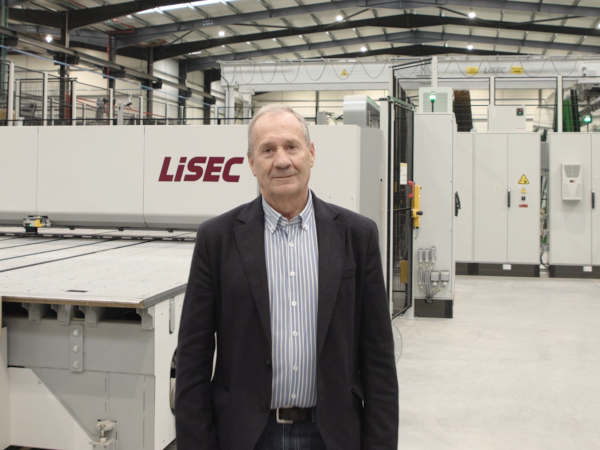

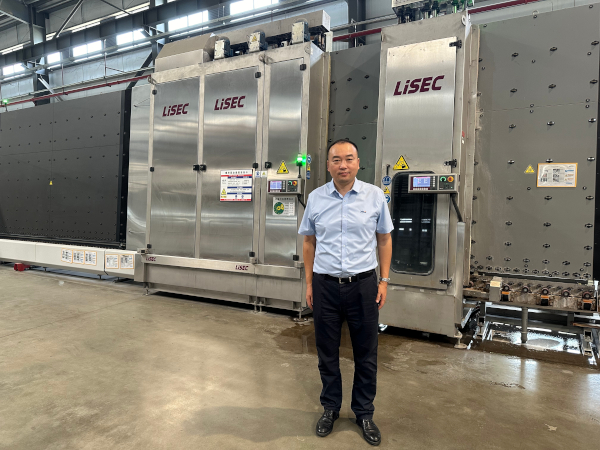

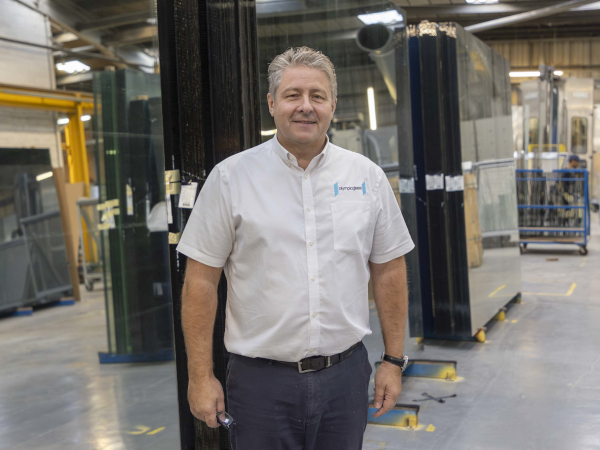
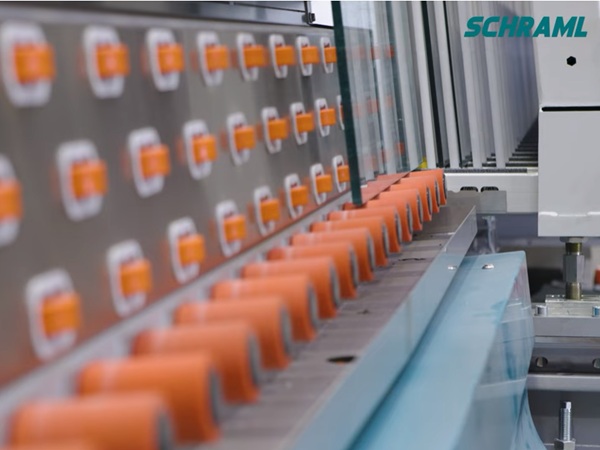


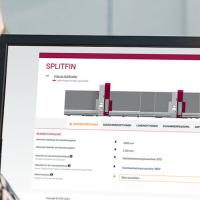
Add new comment